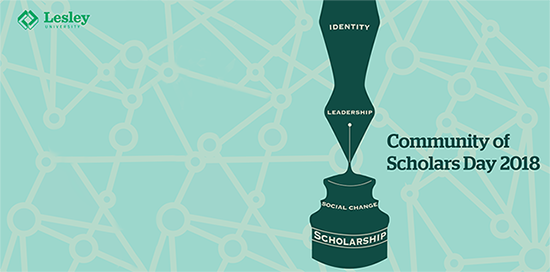Abstract
As today’s youth blossom into adulthood, they will simultaneously be challenged to develop their sense of self/identity and to cultivate their ability to embrace differences, all while being bombarded by visual media and messaging. Research literature on perspective taking provides a framework by which students can develop an understanding of their own perspective, imagine the world from an “other” perspective, and make connections that link to productive actions (Selman, 1971). Perspective taking as a concept has been linked to greater empathy, compassion, and prosocial behavior (Hardwood and Farrar, 2006). Yet the mechanism for enabling productive perspective taking is unclear. In this presentation we will demonstrate the use of visualization as a mechanism for understanding other people, places, and cultures across two distinct courses in different disciplines. Students in these classes were challenged to 1.) Analyze characters, scenes, or moments within a play and demonstrate their ability to “see” that work in a new way through visual representations and 2.) Step into someone else’s shoes and visualize what things they might think, feel, say, or do within a particular context.
Harwood, Michelle D.; Farrar, M. Jeffrey (2006). "Conflicting emotions: The connection between affective perspective taking and theory of mind". British Journal of Developmental Psychology. 24 (2): 401–418.
Selman, Robert L. (1971). "Taking Another's Perspective: Role-Taking Development in Early Childhood". Child Development. 42 (6): 1721–1734.
Start Date
28-3-2018 4:10 PM
End Date
28-3-2018 5:00 PM
Presentation Type
Panel
Disciplines
Creative Writing | European History | Graphic Design | Interactive Arts | Social History | Theatre and Performance Studies | Visual Studies
Full Text of Presentation
wf_yes
Included in
Creative Writing Commons, European History Commons, Graphic Design Commons, Interactive Arts Commons, Social History Commons, Theatre and Performance Studies Commons, Visual Studies Commons
Empathizing with “the other”: Visualization and perspective taking
U-Hall 3-094
As today’s youth blossom into adulthood, they will simultaneously be challenged to develop their sense of self/identity and to cultivate their ability to embrace differences, all while being bombarded by visual media and messaging. Research literature on perspective taking provides a framework by which students can develop an understanding of their own perspective, imagine the world from an “other” perspective, and make connections that link to productive actions (Selman, 1971). Perspective taking as a concept has been linked to greater empathy, compassion, and prosocial behavior (Hardwood and Farrar, 2006). Yet the mechanism for enabling productive perspective taking is unclear. In this presentation we will demonstrate the use of visualization as a mechanism for understanding other people, places, and cultures across two distinct courses in different disciplines. Students in these classes were challenged to 1.) Analyze characters, scenes, or moments within a play and demonstrate their ability to “see” that work in a new way through visual representations and 2.) Step into someone else’s shoes and visualize what things they might think, feel, say, or do within a particular context.
Harwood, Michelle D.; Farrar, M. Jeffrey (2006). "Conflicting emotions: The connection between affective perspective taking and theory of mind". British Journal of Developmental Psychology. 24 (2): 401–418.
Selman, Robert L. (1971). "Taking Another's Perspective: Role-Taking Development in Early Childhood". Child Development. 42 (6): 1721–1734.




